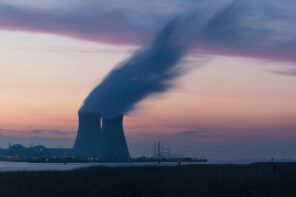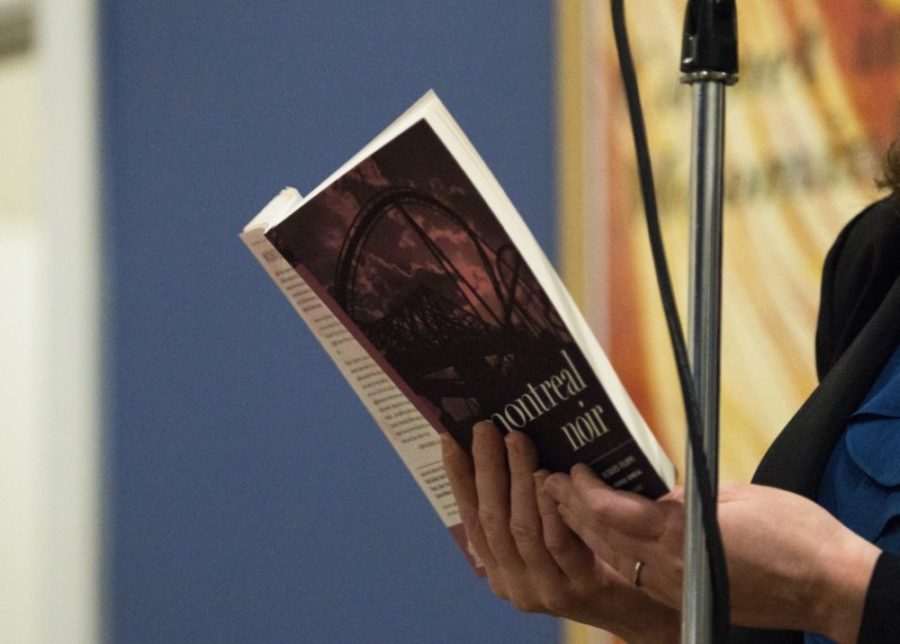Nord Stream 2 is a gas pipeline connecting Russia and Germany that has been the subject of controversy ever since its conception in 2015. The pipeline runs 1,230 kilometers under the Baltic Sea and after much delay, was finally completed in September 2021. But even as Russian gas begins to flow through its pipes, Nord Stream 2 is not operational, since what started as another controversial energy project has escalated into a Russian weapon against the West.
Supporters argue that the pipeline will give European industries access to cheaper Russian gas and serve as a bridge technology to accelerate the region’s transition into renewable energies.
Nord Stream 2 is vigorously supported by Angela Merkel, who views the €9.5 billion project as socially and economically beneficial for all of Europe. Supporters argue that the pipeline will give European industries access to cheaper Russian gas and serve as a bridge technology to accelerate the region’s transition into renewable energies. The latter point outraged the German Green Party, which views gas as a crutch rather than a bridge, while the former fueled geopolitical anxieties abroad. Ukraine, a country where transit fees make up a large portion of GDP, fears the economic consequences of the pipeline as supply routes shift away to the Baltic. The country also views Nord Stream 2 as a “noose around its neck” that will increase Russian leverage in the region.
The United States, along with a handful of EU members including France and Poland, share the same concerns, worrying about Europe’s growing dependence on Russian gas and Putin’s expanding influence on the continent. The US and EU voiced their opposition by placing sanctions and amending regulations in the EU in an attempt to delay construction and kill the project.
Now, as geopolitical tensions between Russia and the West rise, there is something else rising with them: gas prices.
Despite the barrage of sanctions, Russia and the consortium of energy companies involved managed to complete the pipeline on September 10th. But even so, the survival of Nord Stream 2 is questionable as it awaits final approval by the German and EU governments. Now, as geopolitical tensions between Russia and the West rise, there is something else rising with them: gas prices.
On September 15, Gazprom—Russia’s state-backed gas giant—announced that gas production increased 19% over the year, but Europe is seeing no such increase in supply. Instead gas futures continue to reach record highs, increasing by 600% over the last year. On Wednesday October 5, natural gas prices shot up 10 times their value at the start of the year in what was described as “the most volatile and unpredictable day that many in the industry will ever witness”. Meanwhile, Ukraine’s transit network, which can carry twice as much as Nord Stream 2, sits empty.
In 2019, Gazprom and Ukraine signed a deal to transport pre-agreed volumes of gas through the country for the next five years with additional transit capacities offered at monthly auctions. While this agreement alleviated much of the pressures created by Nord Stream 2, it has now become an effective signaling tool for Russia and a catalyst for gas prices. Repeatedly, Ukraine’s additional transit capacities have been batted down by Russia, which conveys their unwillingness to ship gas through Ukraine. This is what keeps gas prices in Europe rising to new record highs each time.
But why is Russia reluctant to ship gas to Europe? The reason is simple: to champion Nord Stream 2 as the solution to Europe’s energy crisis.
But why is Russia reluctant to ship gas to Europe? The reason is simple: to champion Nord Stream 2 as the solution to Europe’s energy crisis. In the midst of rising energy prices, a recent statement by the Kremlin said that “obviously, the commissioning of Nord Stream 2 as soon as possible will substantially balance natural gas price parameters in Europe”. At the same time, Russia keeps tightening its chokehold on Europe by depleting its storage facilities on the edge of winter—when demand for gas is highest.
The US and Germany made it clear that they will not tolerate Russia’s attempt to weaponize energy in a new agreement finalized in July. The two powers agreed to take action against Russia if gas was used as a weapon or any form of aggression was committed against Ukraine. The agreement also involved accelerating Ukraine’s transition to renewable energies by promoting investments of at least $1 billion in a new green fund.
While the basis for US intervention against Nord Stream 2 was mainly geopolitical, it masks an economic interest as well. As the price of piped gas rises and the relationship between Russia and Europe sours, imports of liquified natural gas (LNG) are becoming more and more attractive. Although traditionally more expensive because the gas needs to be cooled into a liquid and shipped across the ocean, countries including Poland, Croatia, and Lithuania are building LNG import stations. The United States is Europe’s largest supplier of LNG and has already secured deals with Poland to supply them with so-called “freedom gas”. Other major exporters such as Canada, Qatar, Nigeria and Trinidad and Tobago are looking at similar ways to capitalize on this opportunity.
As the situation continues to unfold, the future of Nord Stream 2 remains uncertain. If gas prices continue rising, Europe may eventually succumb to Russia’s pressure and approve the pipeline. Or perhaps, Europe will retaliate by increasing imports of LNG and diversifying Ukraine’s economy. Both outcomes depend heavily on Russia’s next move.








